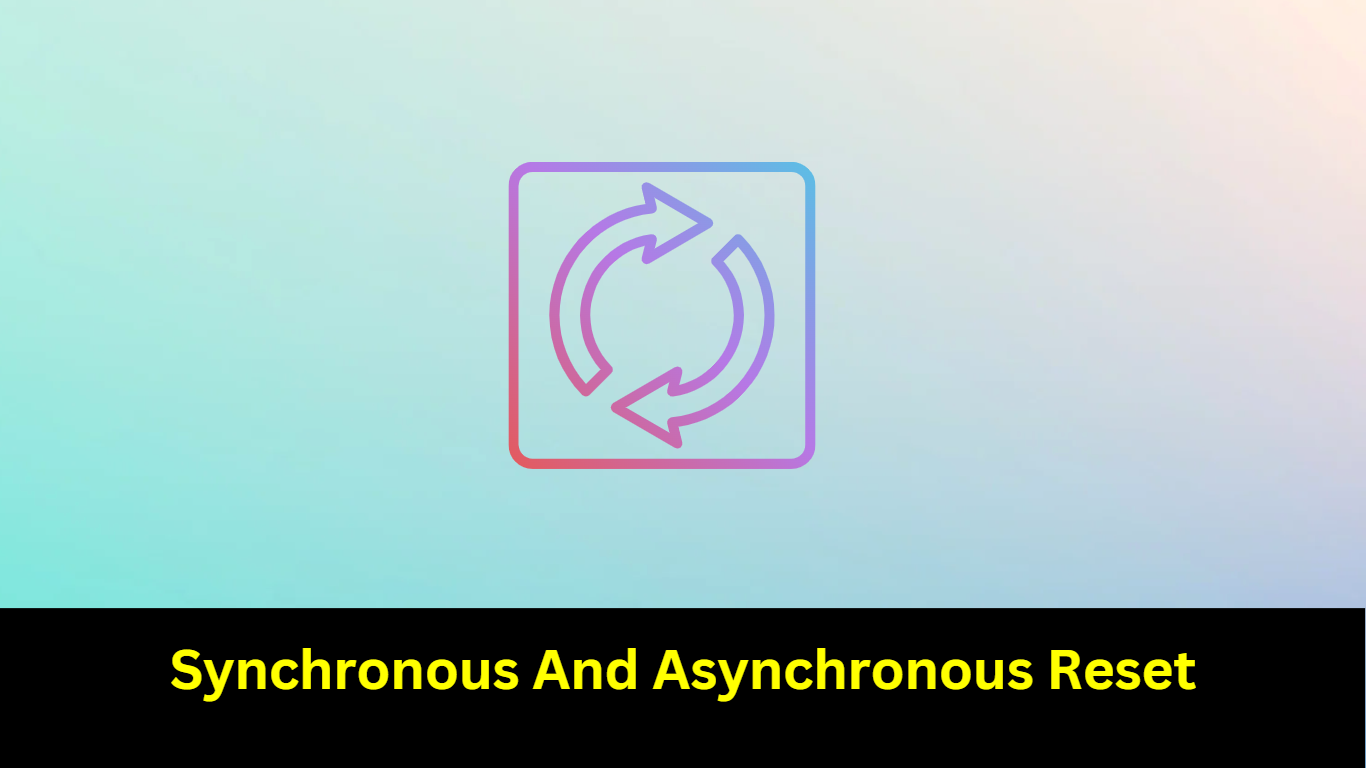Synchronous vs Asynchronous Reset in Digital Circuits: Key Differences Explained
Resetting digital circuits such as flip-flops, registers, and other sequential logic components can be done in two different ways: synchronously and asynchronously.
Synchronous Reset
A clock signal activates a reset mechanism known as synchronous reset. A synchronous reset circuit only uses the reset signal when a certain condition of the clock signal is present. Normally, the clock signal is low when the reset signal is asserted, and it is high when the reset signal is de-asserted. This guarantees that the reset signal and the clock signal are in time with one another and that the reset happens at a precise moment in the clock cycle. This helps prevent the timing problems and glitches that an asynchronous reset may cause.
Advantages of Synchronous Reset
Synchronous reset is a commonly used reset mechanism in digital circuits, especially in synchronous sequential circuits such as flip-flops and registers. Here are some of the key benefits and use cases for synchronous reset:
- Timing control
- Reduced power consumption
- Easier design and verification
- Better compatibility
Asynchronous Reset
A reset mechanism that is not synced with the clock signal is known as an asynchronous reset. Regardless of the status of the clock signal, the circuit can receive an asynchronous reset signal at any time. As a result of the reset signal’s potential occurrence at any moment throughout the clock cycle, an asynchronous reset may result in glitches and timing problems. Asynchronous reset, however, may be advantageous in particular circumstances where the reset signal must be activated immediately and without holding out for the subsequent clock cycle.
Advantages of Asynchronous Reset
Asynchronous resetting is also a useful reset mechanism in certain situations. Here are some of the key benefits and use cases for asynchronous reset:
- Faster response
- Resetting multiple circuits
- Avoiding clock glitches
- Lower cost
